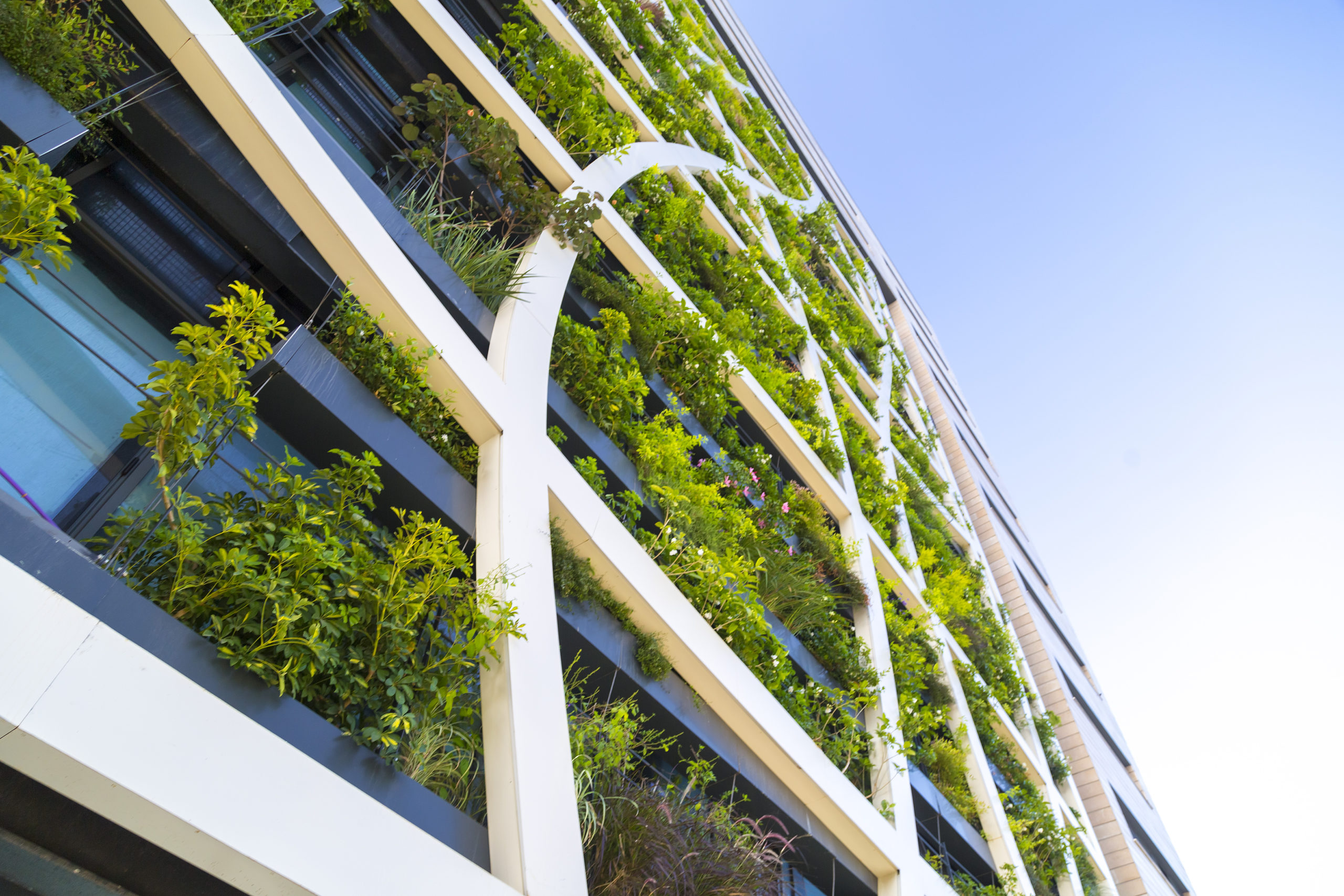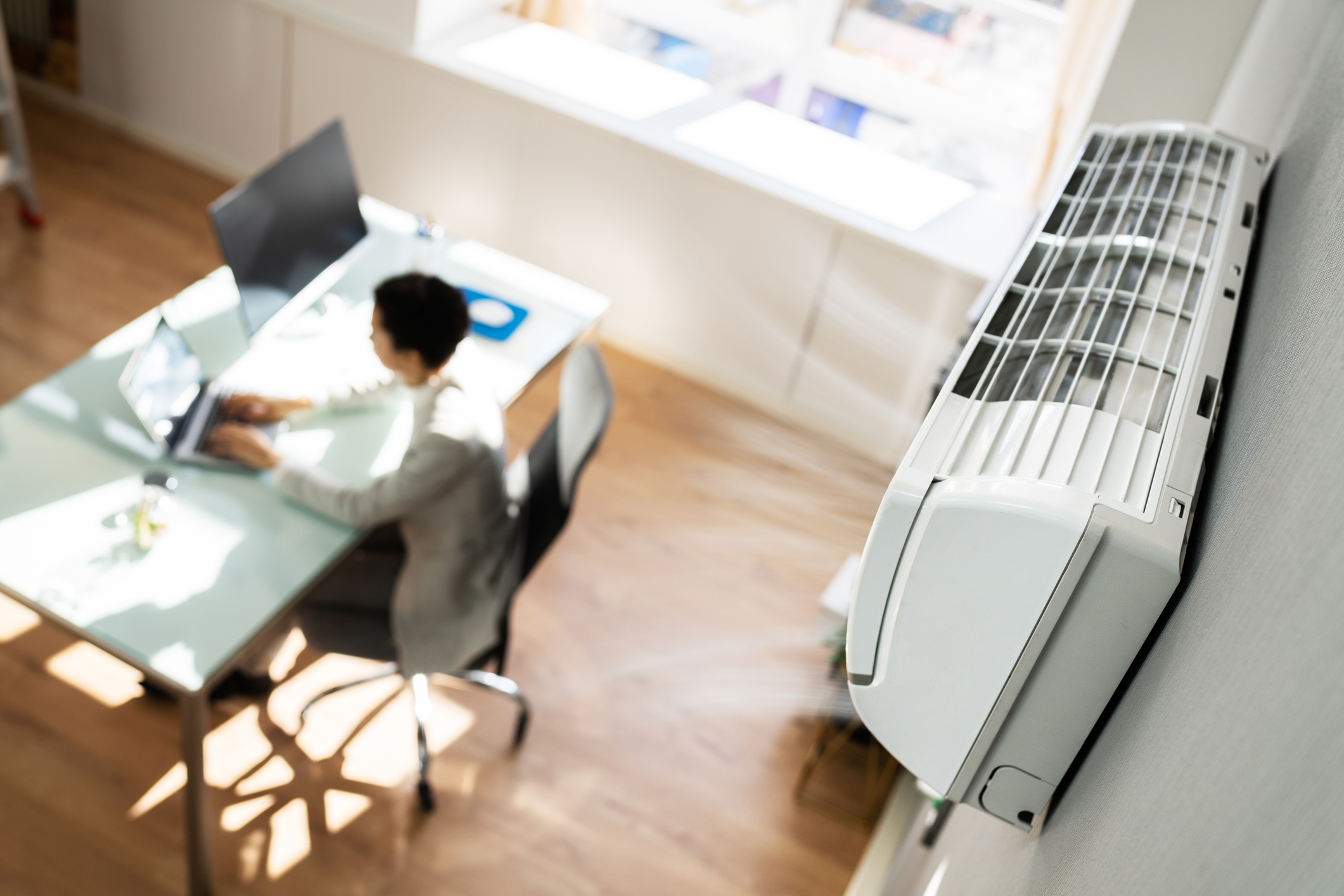HVAC can account for 20% of overall commercial real estate operating and energy costs and 50% of total energy consumption for commercial offices. It’s no wonder the commercial real estate industry continues to focus attention on sustainability. Sustainability isn’t just good for the environment, it’s also great for the wallet. In fact, 40% of real estate professionals have seen an increase in demand for sustainability among tenants. And more sustainable buildings can attract higher-quality tenants and allow for higher rents—up to 10% more.
But sustainability mandates in commercial real estate also continue to be a focus for the federal and local governments. In recent years, government policies have pushed landlords to meet new sustainability requirements. And it’s putting pressure on investors to back up their efforts to go green. Here are three sustainability mandates in commercial real estate, what they mean for you, and how you can prepare.
3 Sustainability Mandates in Commercial Real Estate
1. New York Local Law 97
When it goes into effect: 2024
What it means for you: As part of New York City’s Climate Mobilization Act, New York Local Law 97 places carbon caps on most buildings larger than 25,000 square feet. That means roughly 50,000 properties across the city will be affected (41% of which are commercial), according to the Urban Green Council. The goal is to reduce 80% of emissions by 2050. Right now, many buildings are significantly above emissions limits and will require comprehensive retrofits or alternate compliance by 2030, according to Urban Green Council. Additionally, the law will apply a financial penalty to buildings that breach a set limit. Potential costs could rise to the hundreds of thousands of dollars.
How to prepare: Now is the time to take stock of your sustainability strategy. Many asset managers are tackling these new mandates by investing in tech platforms that can help them understand how energy is being used in their buildings. With this data in hand, property managers and owners can create more efficient systems through predictive technology. And they can make sure they’re in compliance with any current sustainability mandates in commercial real estate—and be ready for new ones that may pop up.
Some platforms work by creating a digital twin of your building to learn how it operates. Then, it generates a whole system audit that shows where efficiency adjustments can be made. Now, you can have actionable insights into energy saving opportunities, asset longevity, comfort scores, and indoor air quality.
2. Clean Air in Buildings Challenge
When it goes into effect: Ongoing
What it means for you: The Biden-Harris Administration recently launched its National COVID-19 Preparedness Plan, a roadmap to move the country forward safely and continue to fight COVID-19 as Americans get back to their more normal routines. As part of that plan, the administration has launched the Clean Air in Buildings Challenge as a call to action for leaders, building owners, and operators of all types to assess their indoor air quality and make ventilation and air filtration improvements to help keep occupants safe.
The administration also aims to highlight actions taken by buildings to achieve clean, healthy air quality through a recognition program. Similar to how programs like LEED, Fitwel, and WELL recognize buildings for environmental and health impacts, this new effort between the federal government and external experts will develop ways to recognize steps taken by building owners for the health and safety of their communities and their achievements in improving air filtration and ventilation systems to protect and promote public health.
How to prepare: The Environmental Protection Agency has published a best practices guide for improving indoor air quality and reducing the risk of spreading dangerous airborne particles. Key actions include:
- creating a clean indoor air action plan;
- optimizing fresh air ventilation;
- enhancing air filtration and cleaning; and
- conducting community engagement, communication, and education.
Improving HVAC sustainability doesn’t mean you need to invest massive amounts of money. Certain HVAC tech solutions can help not only extend the life of your HVAC units, but they can also plug into your existing BMS with no new equipment needed. This sort of implementation offers an efficient way to optimize HVAC usage and energy without paying for new systems or expensive hardware.
3. Boston’s Building Energy Reduction and Disclosure Ordinance
When it goes into effect: 2025 and beyond
What it means for you: Buildings account for nearly 70% of greenhouse gas emissions in Boston, according to the City of Boston. Boston’s Building Energy Reduction and Disclosure Ordinance’s goal is to gradually reduce emissions from large buildings to net zero by 2050. The ordinance gives the city the authority to set carbon targets. The policy will significantly:
- reduce greenhouse gas emissions;
- encourage efficient use of energy and water; and
- develop investments in a green economy.
How to prepare: Data will continue to be key to your sustainability strategy. You’ll need to have real-time insight into how your systems are currently performing. Likewise, you’ll want to know the opportunities for saving energy (and costs), the life of your HVAC, tenant comfort scores, and indoor air quality. You can lean into tech to help automate the process.
The ROI of Sustainability in Commercial Real Estate
With several sustainability mandates in commercial real estate already underway (and likely more on the horizon), it’s easy to see dollar signs. The question on everyone’s minds: How much is this going to cost me? But the better question is: How much will this cost me if I don’t make sustainability a priority?
A recent economic analysis of the state of U.S. office buildings shows as much as 70% of total inventory faces an alarming period of repricing due to fast-paced obsolescence. It’s accelerated by COVID but worsened by evolving environmental and health standards.
And these underlying factors will only get stronger over the long term:
- Strict new government standards for energy efficiency
- Growing tenant demands for healthy, safe, and energy efficient office environments
Interested in learning more about how sustainability mandates in commercial real estate can affect your bottom line? (Hint: Sustainability can actually increase it by 10%.) Download our latest infographic, “The ROI of HVAC and Energy Management in Commercial Office Buildings.”














